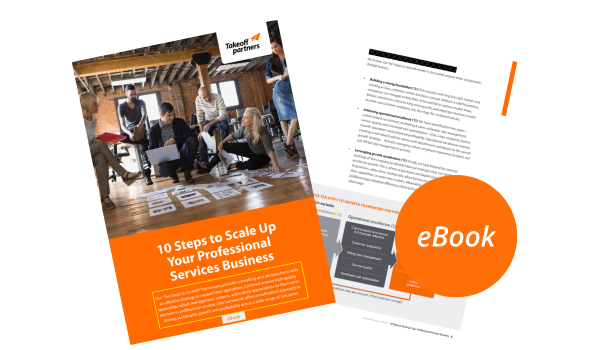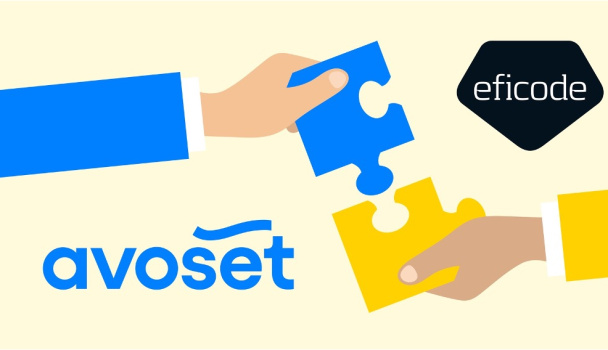B2B SaaS Pricing: Monetization and retention is key, not customer acquisition

Frequently, SaaS businesses put the majority of their sales focus on new customer acquisition. ‘Wrong’, says Patrick Campbell from ProfitWell.com. Data says the key to success is customer retention, and companies are lazy at researching the reasons why their loyal customers actually stay loyal.
As a brief summary of Patrick Campbell’s webinar with the Takeoff Academy SaaS pricing workshop participants on Feb 14,2018, here’s some of the main takeaways of Patrick’s presentation:
Companies’ pet peeve: “It’s ok to be lazy about customer development.”
Well, not. According to Patrick’s research, most companies are doing less than 10 customer interviews per month (and this data includes Fortune 500 companies). Half of them are doing 0 experiments per month. The message is simple enough: Spend time understanding the customers and developing relationships with them. Like this, for example:
Use customer surveys and interviews to research their different axes of value. Is there a feature in the product or service that the customer really cares about and is willing to pay more for? Features are getting increasingly easy to build, yet they are less and less critical for the customers. But some of them the customers do value. Find out which ones to provide insights on not only pricing but the buyer personas. This will give valuable input to the entire strategic direction of the product and the company.
Is content marketing dead?
Acquiring customers is becoming more difficult and expensive. Content marketing is becoming one of the most saturated marketing channels. Customer Acquisition Cost (CAC) is up across the board for both B2B and B2C companies and has increased by nearly 50% over the past five years.
Yet, while paid CAC is still higher than that of content marketing, CAC for content is closing the gap quickly. In essence, content effectiveness dropping compared to the past: The quality is increasing, but content effectiveness is dropping. The average number of shares per post has fallen by nearly 90% compared to two years ago, says Patrick.
Plus, the life of a piece of content - like an ebook - is actually dropping in effectiveness, as measured through lead velocity. A content piece’s effectiveness used to be roughly 6 months, whereas today its effectiveness has dropped to less than three.
So, is content marketing dead? Well, not really: According to Patrick’s data, 47% of buyers still view 3-5 pieces of content before engaging with a sales rep, companies with blogs still get 67% more leads than those that don't, and inbound close rates are still 8-10x those of outbound efforts. Plus, CAC Ratio's for content is still roughly 30% better than the paid side, because of the compounding nature of content.
Pricing is a process of incremental gains.
When comparing companies that regularly update their prices with those who don't, those companies updating their pricing at least once every 6 months are seeing nearly double the ARPU (Average Revenue per Unit) gain than those who upgrade their pricing only once per year or longer. Says Patrick: “Your price is the exchange rate on the value you provide, so as your product and company improves, your price should be tracking alongside that improvement.”
Finally, according to Patrick, “Freemium is not a pricing model, it’s an acquisition strategy.” Find out more on Patrick’s own blog here.






